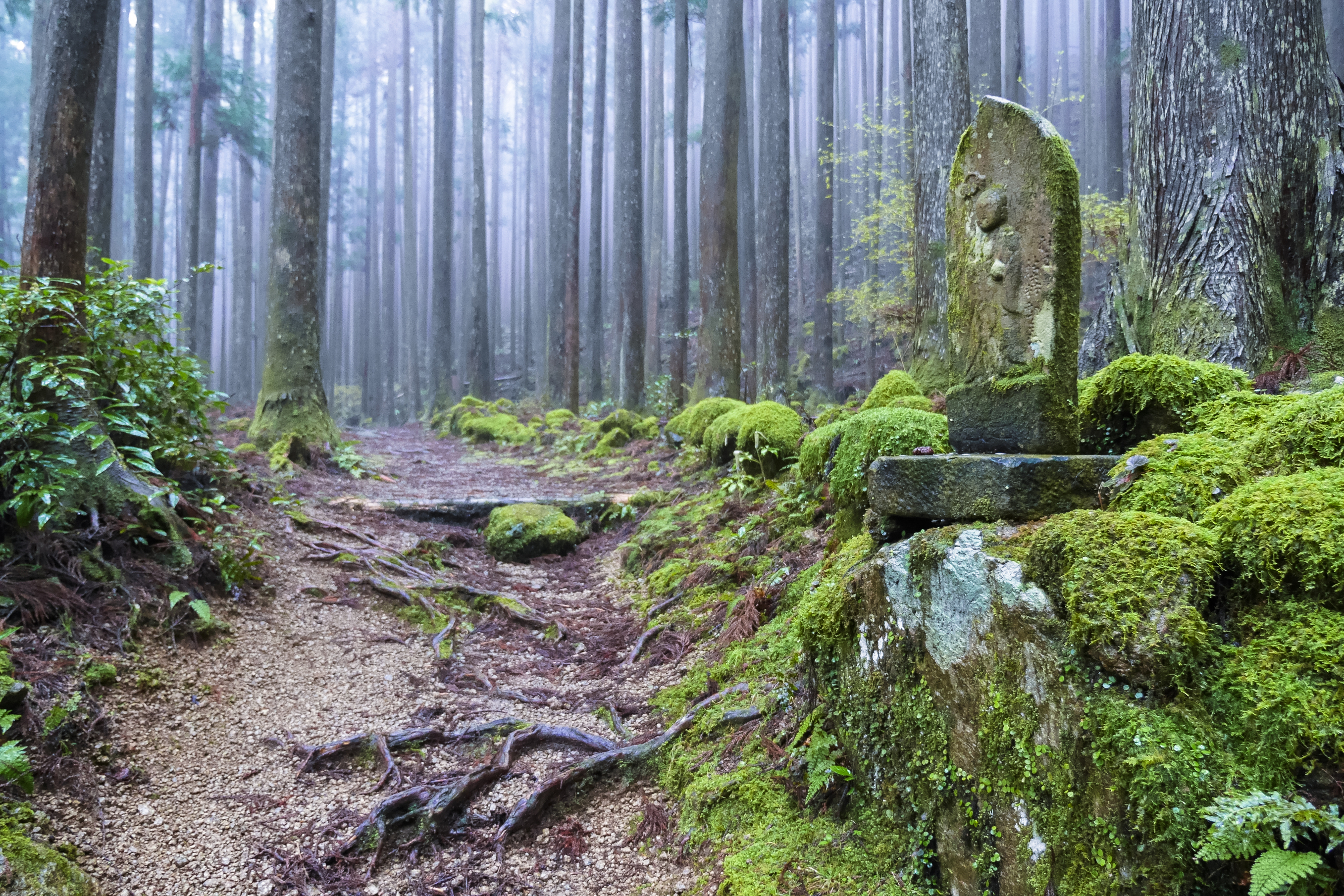Japan's strained relationship with UNESCO took a positive turn earlier this week after the organization approved the registration of an additional 40 km of the Kumano Kodo routes to its World Heritage register.
The Kumano Kodo is a collection of ancient pilgrimage routes, some nearly 1,200 years old, that run through the Kii mountains of Mie, Wakayama and Nara prefectures. They connect a number of important Buddhist temples and the shrines of Kumano.
UNESCO originally designated the majority of these routes as World Heritage sites in 2004. On Monday, it agreed to add another 40 km that runs mostly through Wakayama Prefecture. A total of 347.7 km of the Kumano Kodo routes in all three prefectures have now been classified as World Heritage sites.
"The addition of nine places along the Kumano route and four places on the Koya route (that leads to Mount Koya) is greatly welcomed and expands the total length of World Heritage-registered trails along the entire Kumono Kodo by 13 percent," Wakayama Gov. Yoshinobu Nisaka said in an official statement. "In addition, there are now 11 towns within the prefecture that are part of the World Heritage registration."
Prefectural figures show that World Heritage-registered towns along the Kumano Kodo drew around 10.8 million visitors in 2014. Nisaka announced the prefecture would take further measures to attract tourists to the newly added sites.
The move by UNESCO comes as Japan and the Paris-based body remain at odds over an earlier decision to register Chinese-submitted documents on the 1937 Nanking Massacre in the Memory of the World Register.
Japan is refusing to pay nearly ¥3.85 billion in contributions to UNESCO and is demanding that the World Register be reformed. Historical revisionists in Japan have long argued that the Nanking Massacre was fabricated or exaggerated.




















With your current subscription plan you can comment on stories. However, before writing your first comment, please create a display name in the Profile section of your subscriber account page.